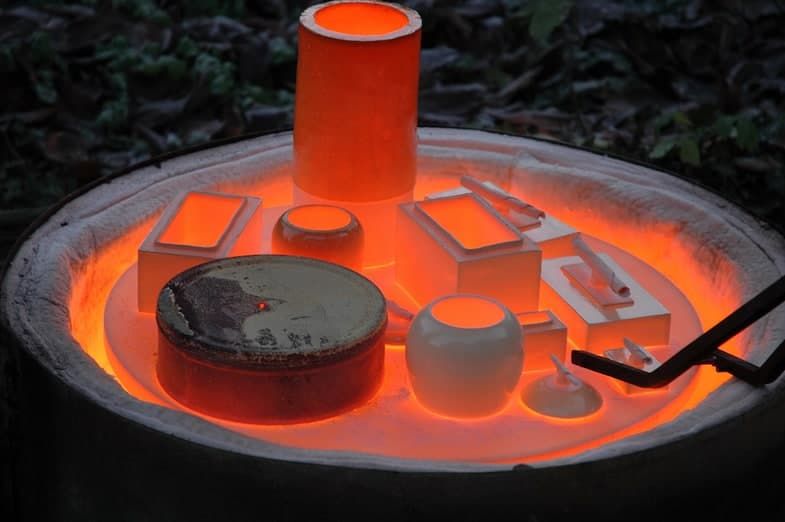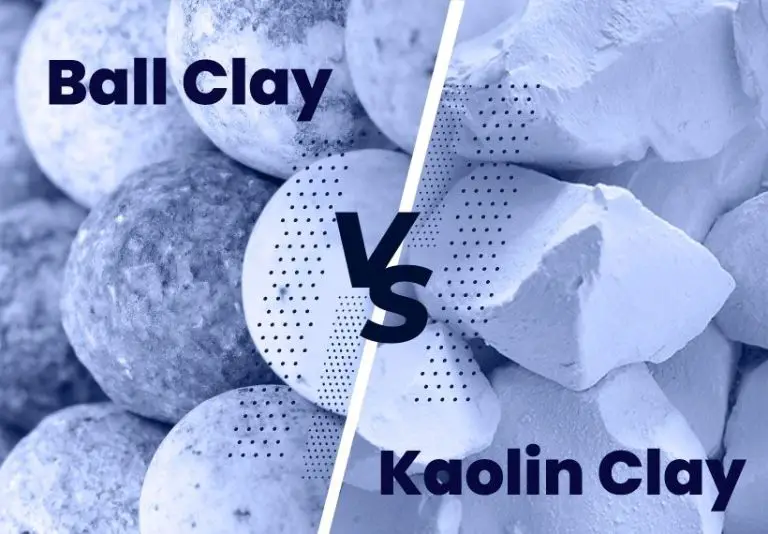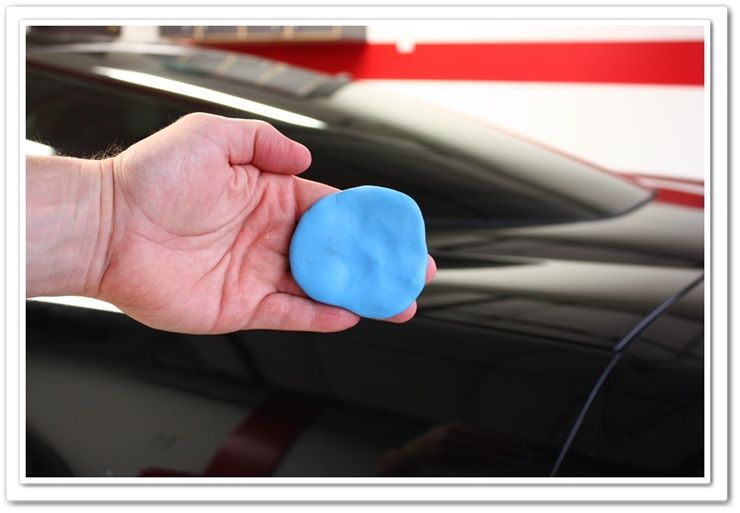How Do You Identify Raku Pottery?
What is Raku Pottery?
Raku ware refers to a style of Japanese pottery traditionally used in Japanese tea ceremonies. It was first produced in the 16th century by potter Sasaki Chōjirō under the patronage of Sen no Rikyū, who established the Japanese tea ceremony.
The name “raku” comes from the Kanji character for enjoyment and comfort. This reflects the philosophy behind raku – creating handmade tea bowls meant for practical use in the tea ceremony, not for decorative purposes.
Raku ware has a long history and is significant for its ties to the Japanese traditions of wabi-sabi aesthetics and zen Buddhism. It embodies simplicity, humility, and spontaneity. The pottery often features rough, handmade shapes with a bare clay surface and distinctive crackled glazes.
The raku firing process involves removing the pots from the hot kiln and quickly cooling them, which creates the characteristic cracks and textured surfaces. This emphasizes the unique, imperfect, and ephemeral nature of each piece [1].
Distinctive Glazes
Raku pottery is known for its distinctive glazes that result in unique colors, textures, and crackle effects. Special raku glazes are formulated to withstand the quick changes in temperature of the raku firing process. According to the Ceramic Arts Network, popular raku glaze recipes include those for reds, bronzes, turquoises, coppers, and purples [1]. The glazes often contain materials like copper carbonate or red iron oxide to produce vibrant colors.
When removed from the hot kiln and subjected to forced cooling, raku glazes crackle and craze in interesting patterns. The cracks reveal layers of color and add texture. Raku potters purposely formulate their glazes to enhance cracking for artistic effect. Glazes may also exhibit unique textures like peeling, wrinkling, or spotting when finished. The raku firing process brings out the best of these distinctive glazes.
Firing Process
The firing process for raku pottery is unique and a key part of achieving the distinctive crackled glazes. Raku firing involves a low-fire technique, with pots fired in a kiln to around 1600-1800°F (871-982°C), much lower than typical stoneware or porcelain firings[1].
Once the desired temperature is reached, the pots are removed from the kiln while still red hot using long metal tongs. This rapid cooling from removing the extremely hot pots causes cracking and crazing in the glaze[2]. The pots are placed into containers with combustible materials like sawdust which creates a smoking atmosphere. This smothering process in smoke is what gives raku pottery its unique colors and textured surfaces.
The rapid cooling, removal from the kiln, and smoking are key parts of the raku firing process that lead to the distinctive crackled and matte glazes synonymous with raku pottery.
[1] https://ceramicartsnetwork.org/daily/article/Successful-Tips-and-Techniques-for-Raku-Firing
[2] https://www.soulceramics.com/pages/raku-firing
Finished Surface

Raku pottery is known for its distinctive crazed and crackled finished surface. As the pottery is removed from the hot kiln and rapidly cooled, the glaze contracts and small cracks form in the surface. This gives raku ware an organic, rustic appearance with a web of fine cracks covering the piece (Wikipedia, 2022). The rapid cooling can also produce small bubbles in the glaze, adding to the handmade, imperfect aesthetic.
In addition to the crackling, raku glazes often develop an iridescent, metallic sheen after firing and cooling. This is caused by the crystallization of the glaze and can produce striking multicolored highlights on the surface. Raku masters will often manipulate the glaze recipes and firing/cooling process to achieve the ideal finished surface – one that has beautiful spiderweb cracking and an opalescent luster (Soul Ceramics, 2022).
Common Shapes
Raku pottery tends to emphasize simple, organic forms like bowls, vases, and teapots. Intricate designs are usually avoided, as the unpredictable firing process and temperature changes can cause complex shapes to crack or break (www.raaquu.com/blogs/articles-and-announcements/5-ceramic-pottery-vase-shapes-that-are-suitable-for-the-raku-coppermatte-finish). The spontaneous patterns and textures created by raku firing are best showcased on plain, rounded shapes.
Bowls and vases are especially common. Their rounded, open forms display the colors and cracks that give raku pieces their rustic, earthy look. The smooth curves also contrast nicely with the jagged edges and charred surfaces typical of raku. Simple cylindrical vases and rounded bowls allow the beauty of the raku finishing processes to take center stage.
Teapots and other functional vessels like mugs and cups are also popular raku shapes. Their practical nature highlights raku ware’s beginnings as functional pottery for Japanese tea ceremonies. The simple shapes and forms fit well with the raku aesthetic while still allowing pieces to be useful objects for daily life.
Hallmark Cracks
One of the hallmarks of raku pottery is the distinctive cracking that occurs on the surface. This controlled cracking happens due to the quick cooling process used in raku firing. When the raku piece is removed from the hot kiln and placed into containers of combustible materials like sawdust or leaves, the sudden temperature change causes the clay to contract rapidly. This results in spiderweb patterns of cracks along the surface, creating a crazed look that is characteristic of raku.1
These cracks expose the different colored clay underneath and add to the one-of-a-kind nature of each raku piece. Raku artists often accentuate the cracks by rubbing the surface to highlight them. The cracking is so integral to the raku aesthetic that some refer to it as the “raku smile”. Rather than being seen as a flaw, the hallmark cracks are considered part of the beauty and appeal of raku pottery.
Unique Colors
Raku pottery is known for its unique range of colors that can’t be achieved through regular glazing and firing methods. These distinctive colors stem from the special raku glazes and quick reduction firing process.
The metallic sheens of raku glazes come from the way the glazes interact with the naked flame during the firing process. As the pottery piece is removed from the kiln and placed into a reduction chamber, the naked flame causes the glaze ingredients like copper and iron oxides to separate and migrate to the surface. This results in shimmering metallic finishes in coppery reds, brassy yellows, silvery grays, and iridescent blues and greens.
The rapid cooling and reduction atmosphere also produce earthy reds and browns from the iron in the clay body. These natural earthen colors contrast beautifully with the crackled textures and metallic glazes.
No other ceramic firing method can achieve such a diverse palette of iridescent and natural colors in the same piece. Raku pottery’s unique colors set it apart from all other types of pottery.
Textured Surfaces
Raku pottery is known for its textured and irregular surfaces. The firing and post-firing processes create distinct finishes that add visual interest.
Raku glazes often have rough, organic textures reminiscent of stone, sand, or other natural materials. The rapid cooling during the raku firing can cause the glaze to crackle, forming intricate crazing patterns. Tools are also used during the firing to create unique textural effects on the surface of the ware. Feathers, straw, or even corrugated cardboard can be pressed against the hot clay to leave impressions.
After being removed from the kiln, raku pieces may be treated with materials like sawdust, salt, or ash. As the extremely hot clay interacts with these materials, it creates varied textural finishes like pebbled, mottled, or dimpled surfaces. The raku firing and post-firing processes essentially distort and destroy the pristine glazed surface, creating the characteristic weathered, aged aesthetic.
According to ceramic.school, raku artists intentionally utilize the unique firing and cooling methods to “create mystery and unpredictability in the clay’s surface.” The textured surfaces and irregularities are considered hallmarks of authentic raku ware.
Understanding the Raku Firing Process
The raku firing process involves several distinct steps that create the unique finishes and effects seen in raku pottery. The key aspects of raku firing include:
Initial bisque firing – The clay pieces are fired in a kiln to around 1600-1800°F to harden the clay before applying glazes. This is known as bisque firing and is typical for other pottery as well. Source
Application of raku glazes – Raku glazes contain special compounds and materials like copper carbonate or iron that interact with oxygen during firing to create distinctive colors and textures. The glazed pieces are placed in a raku kiln for the next firing step. Source
Rapid firing – The kiln is heated rapidly, often with propane torches. Typical raku firing aims for around 1850°F. The fast heating encourages cracking and crazing effects in the glaze. Source
Reduction firing – At peak temperature, the ware is removed from the kiln using long metal tongs. It is placed in containers with combustible materials like sawdust which creates a reducing environment, limiting oxygen. This reduction rapidly cools the ware and causes the glazes to crackle and change colors. Source
Post-firing treatments – The pottery is sometimes placed in additional materials after the initial reduction firing. Burying it in leaves or rubbing with a wet rag creates markings. Final polishing or waxing provides protection. Source
Typical Characteristics
Raku pottery is known for having several distinctive traits that help identify it. Some of the key characteristics to look for include:
Distinctive glazes – Raku glazes often feature crackled or metallic finishes in earthy hues like black, brown, blue, red, or white. The glazes may appear glossy or matte.
Firing process – Raku ware is low-fired, removed from the hot kiln and placed into containers with combustible materials that create unique effects. This firing process leads to some typical raku traits.
Textured surfaces – Raku surfaces are usually not smooth, often showing crackled, pebbled, or orange-peel like textures from the firing.
Hallmark cracks – Small hairline cracks are common on raku from the thermal shock of the firing process. They add to the rustic, handmade aesthetic.
Unique colors – Raku achieves distinctive colors like crackled whites, deep blacks, and speckled blues that stand out from other pottery styles.
To identify raku, look for low-fired ceramics with earthy, crackled, and metallic glazes in unique colors and with rough, cracked surfaces revealing the hallmarks of the raku firing process.





